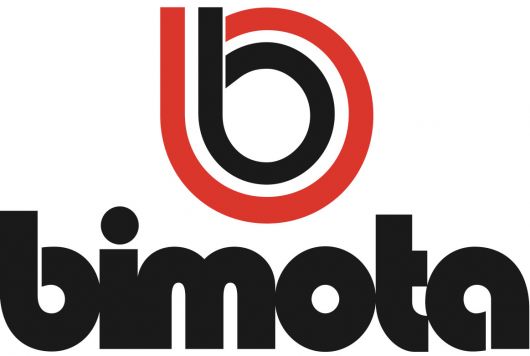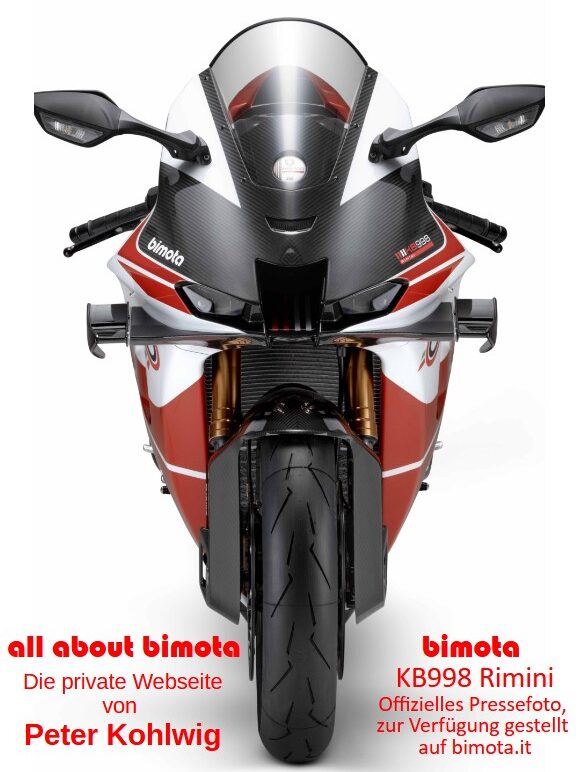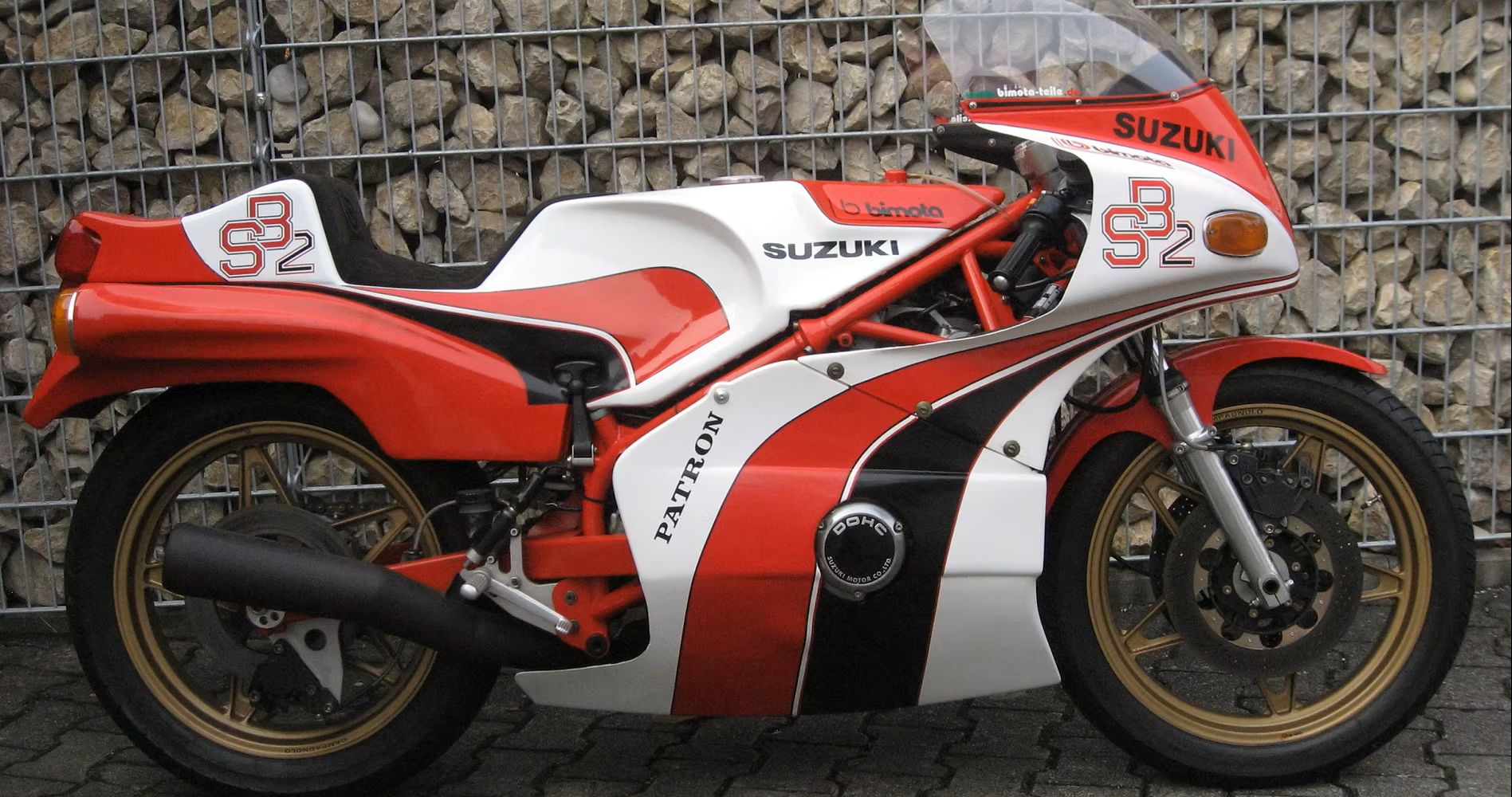
| Designer | Massimo Tamburini | First presentation | Milan 1977 |
| Production– period | 1977 – 1978 | Production numbers | 140 30 SB2 80 |
| Power | 57 KW (78 PS) | Displacement | 748 ccm |
| Topspeed | 221 km/h | Weight | wet 198 kg dry185 kg |
| Price | 18.500 DM (1977) | Colours | red / white / black SB2 80 white with diamond pattern |
| Technical basis | Suzuki GS 750 |
Based on the racing success of the SB1, the era of road-legal motorcycles from Bimota began with the SB2. Initiated by Suzuki’s Italian importer, a small production run of 200 units of the SB2 was planned. The SB2 prototype, presented in 1976 in Bologna, featured a fuel tank positioned under the engine and an exhaust system routed above the engine, with silencers terminating at the rear of the monocoque. Although these two innovations were not carried over to the production model introduced in 1977, the SB2 was nonetheless an exceptionally innovative and futuristic motorcycle for its time.
Building on the experience gained with racing machines, the foundation of the SB2 was a rigid, lightweight trellis frame made from chrome-molybdenum steel tubes, which incorporated the engine as a stressed member. The frame was designed to be separable via two screw-on, conical connection elements, as the closely routed tubes around the engine otherwise rendered it inaccessible for maintenance. Tamburini placed particular emphasis on creating a stiff connection to the steering head. The complex frame weighed just under 10 kilograms. The box-section swingarm, equipped with a centrally mounted shock absorber, was coaxially aligned with the chain sprocket. This sophisticated design, patented by Bimota, ensured constant chain tension regardless of suspension travel.
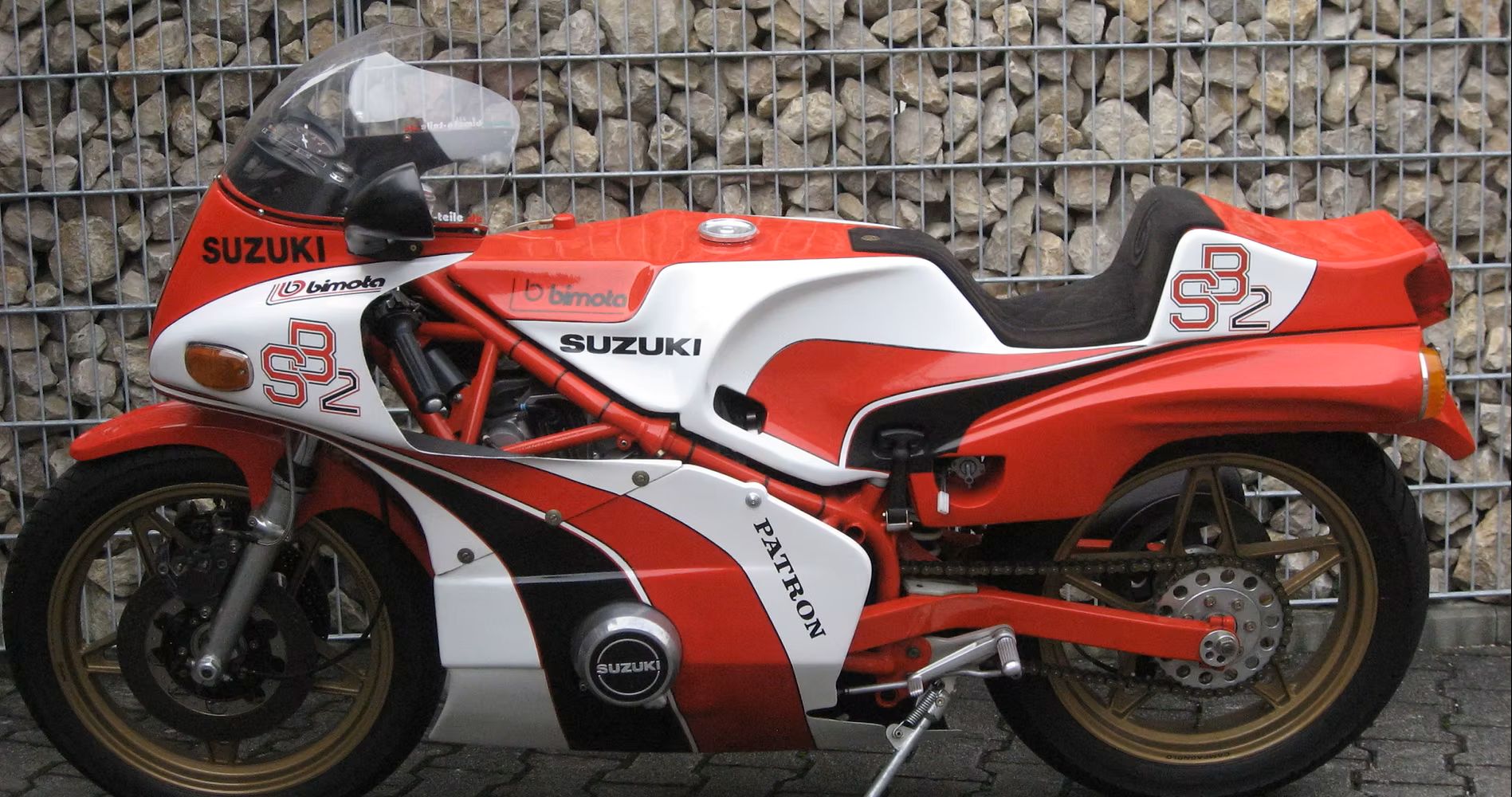
The SB2 was one of the first road motorcycles ever to feature a centrally mounted shock absorber. The shock was supplied by Corte & Cosso, a De Carbon licensed design, while the 35 mm forks were manufactured by Ceriani. Another distinctive feature was the adjustable rake, made possible by eccentric bushings in the triple clamps.
Magnesium wheels from Campagnolo and a Brembo braking system, featuring dual 280 mm discs with two-piston calipers at the front and a 260 mm disc at the rear, completed the premium chassis. High-quality materials were used for the remaining components as well. The triple clamps, footpeg brackets, and mounts for the brake fluid reservoir were all machined from solid metal. The footpegs, as well as the shift and brake levers, were forged from aluminum.
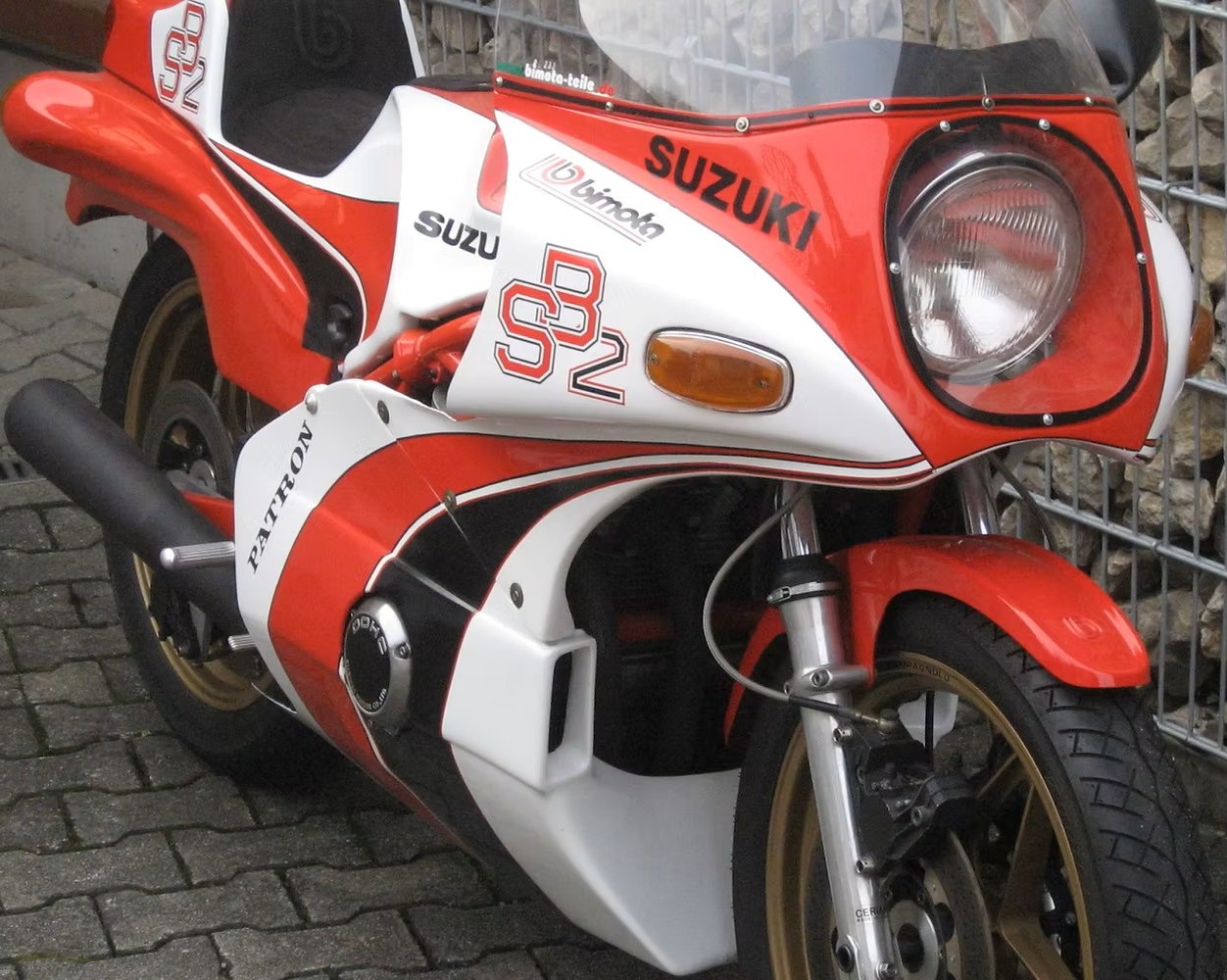
The engine, including the electronics and controls, was sourced from the Suzuki GS 750. It featured dual overhead camshafts, two valves per cylinder, and produced 75 horsepower. Thanks to its low weight and futuristic, aerodynamic fiberglass-reinforced plastic fairing, the SB2 achieved unprecedented performance levels, far outpacing its competition.
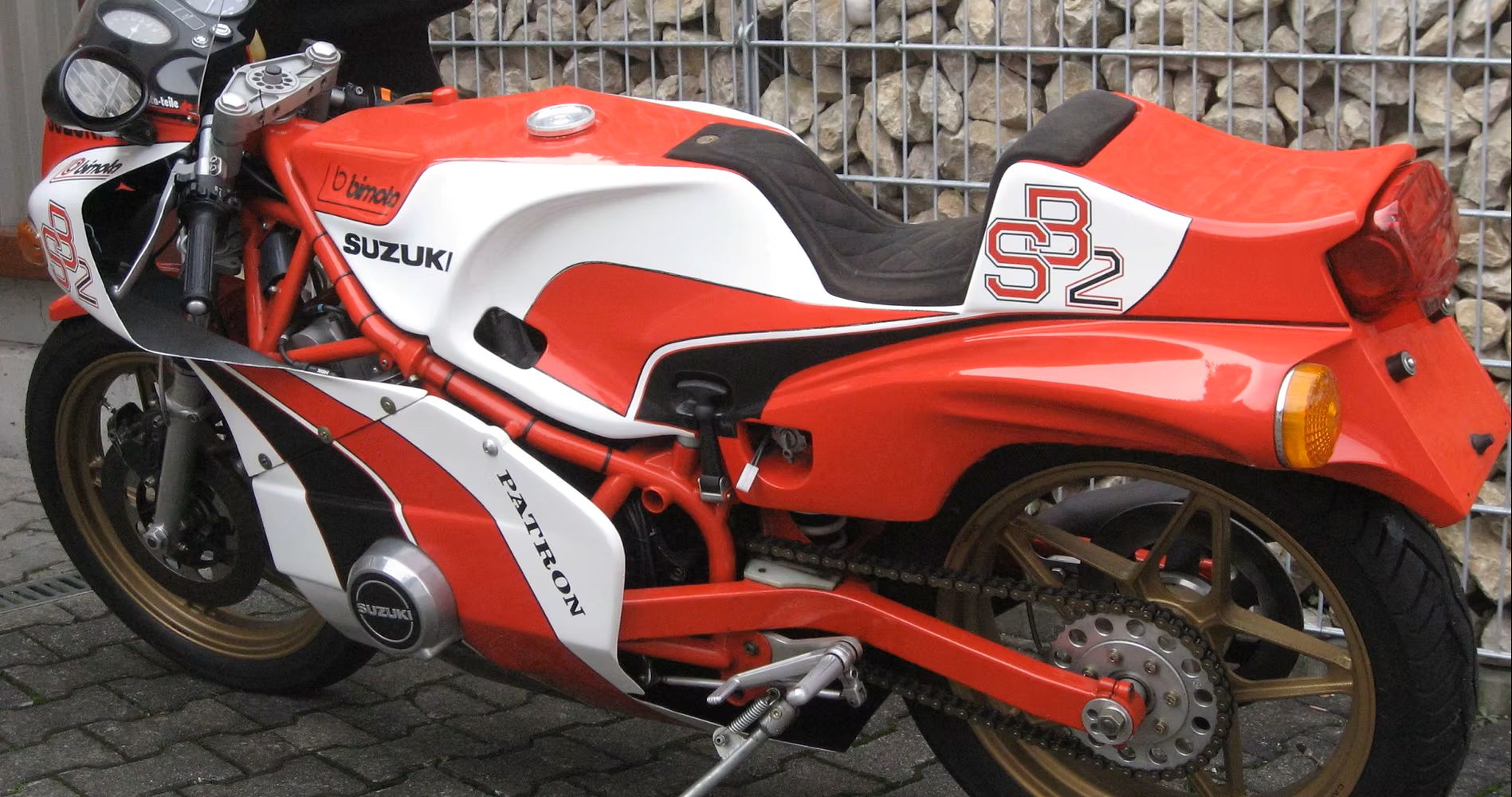
Despite its impressive design, the planned 200 units could not be sold. A key reason was the increase in VAT on motorcycles over 350 cc in Italy. As a result, Suzuki’s Italian importer canceled the contract after only 50 units were built, deeming the SB2 nearly unsellable in the Italian market.
Nonetheless, Bimota continued production since most of the parts had already been manufactured, and buyers were found outside Italy. Between 1978 and 1979, 140 units were sold.
In a second production run during 1979 and 1980, an additional 30 SB2 80 models were produced from unsold SB2 components. The frames were modified at the rear to accommodate the fairing and monocoque of the SB3. This not only reduced costs but also gave the SB2 80 a fresh and more modern appearance. The remaining 30 frames, however, were scrapped!
